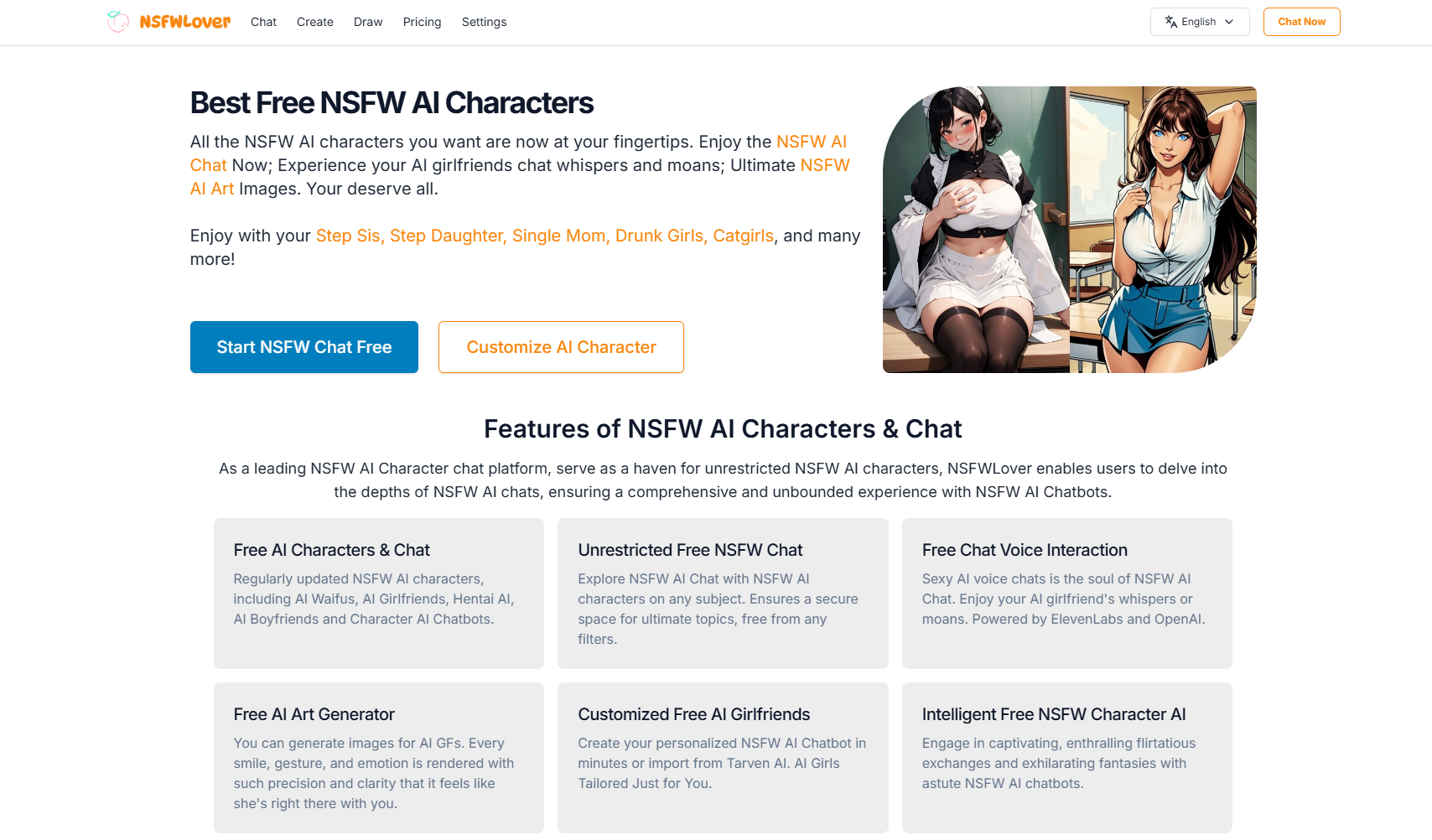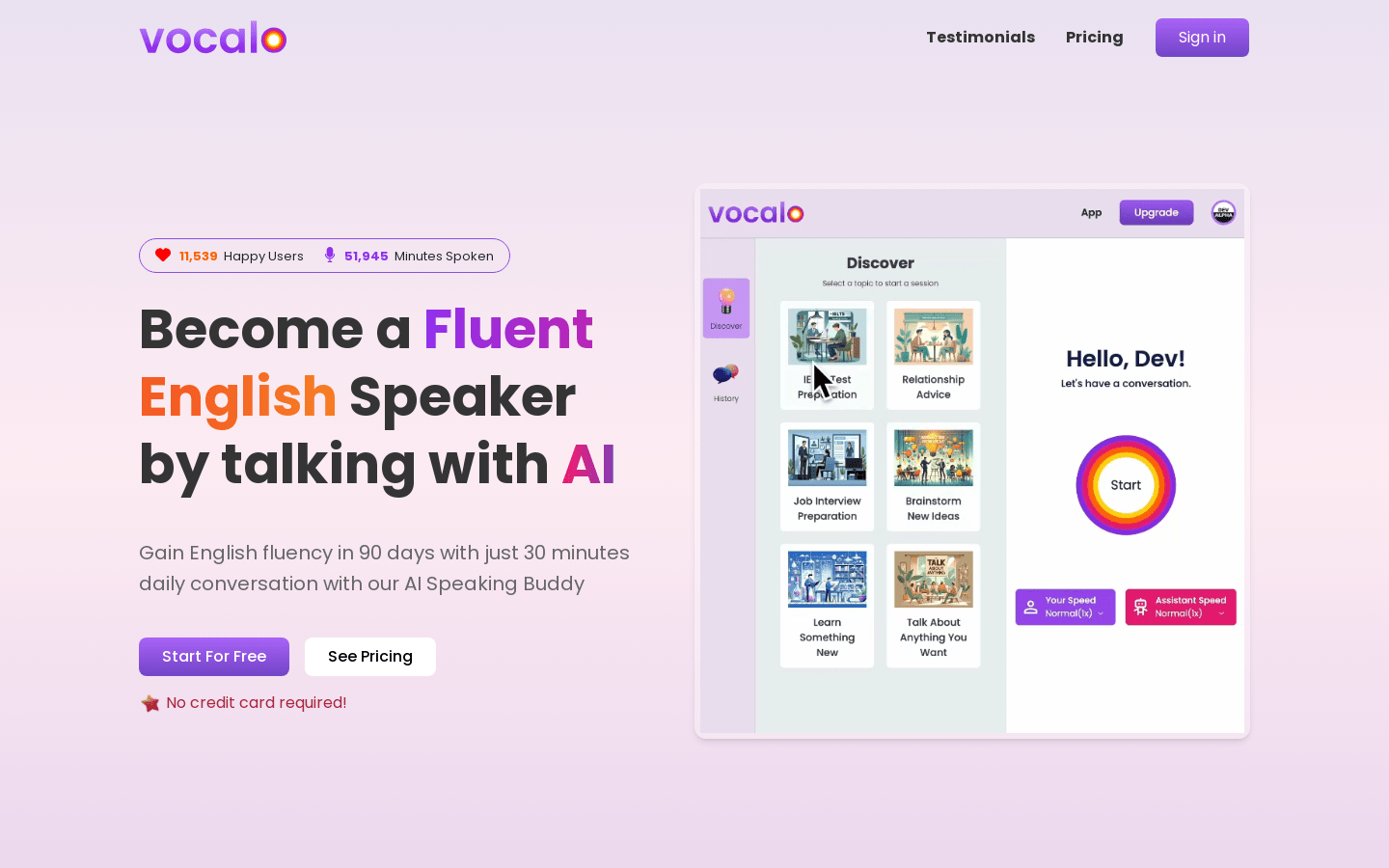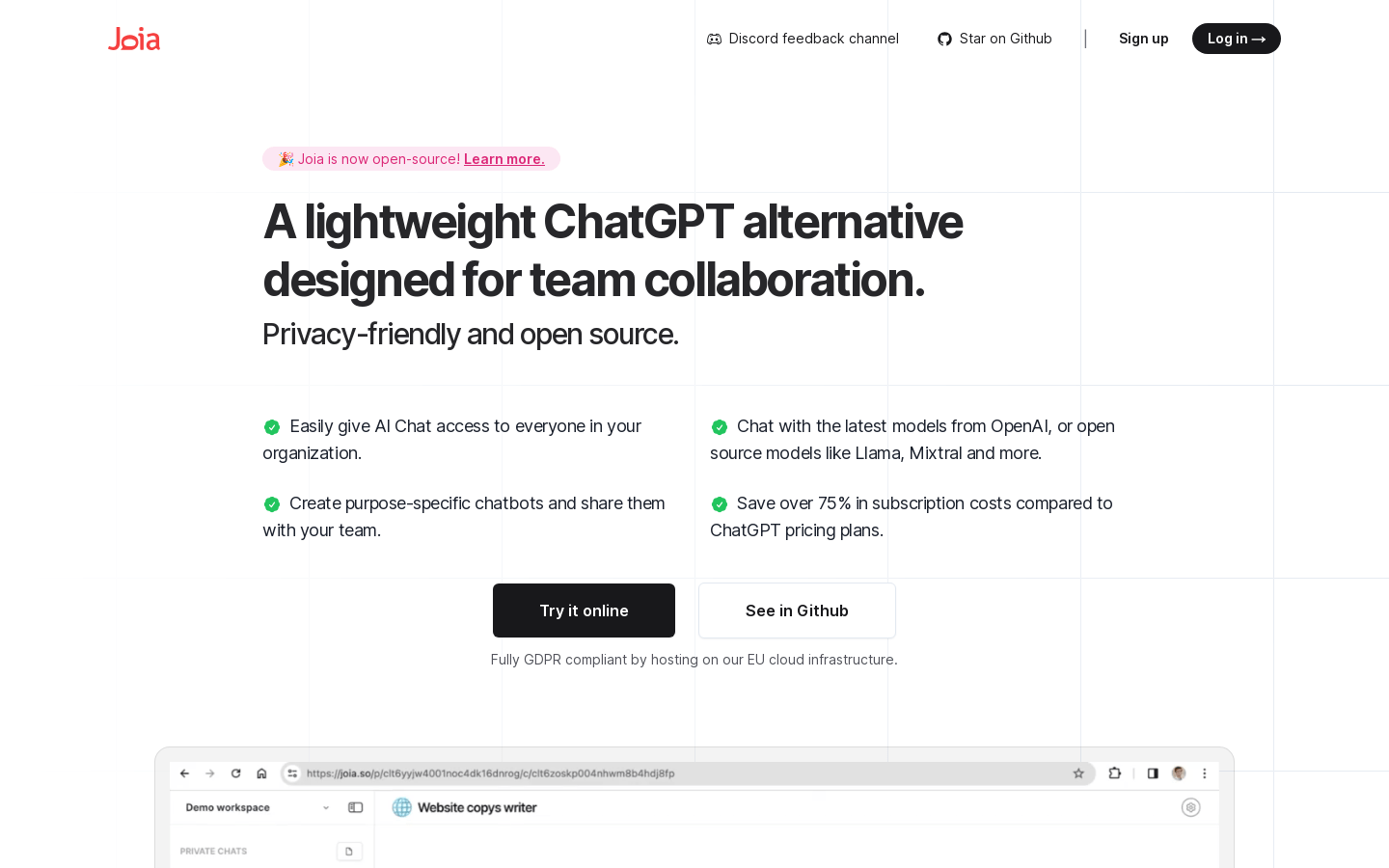
What is the Stanford Multimodal Language Model Framework?
The Stanford Multimodal Language Model Framework is a tool developed by a research team at Stanford University. This framework aims to unify speech and non-verbal communication in 3D human actions. It can understand and generate data that includes text, voice, and movements. This capability is essential for creating virtual characters that communicate naturally, making it useful for games, movies, and virtual reality.
Target Users:
This product targets game developers, filmmakers, virtual reality content creators, and professionals who need to create or understand 3D human actions. By providing a unified model for verbal and non-verbal language, it helps them create more natural and realistic virtual characters, enhancing user experiences.
Example Scenarios:
Game developers can use this model to generate natural movements and gestures for game characters, improving the immersive experience.
Filmmakers can use the model to automatically generate character movements based on scripts, speeding up animation processes.
In virtual reality applications, the model can interpret user movements and emotions, delivering more personalized interactions.
Key Features:
Multimodal Language Model: Handles multiple input types like text, voice, and motion.
Pre-training Strategy: Uses innovative pre-training methods to reduce data needs and enhance model performance.
Conversational Gesture Generation: Generates appropriate gestures based on voice input.
Editable Gesture Generation: Allows users to edit and adjust generated gestures.
Text-to-Motion Generation: Converts text descriptions into corresponding 3D human motions.
Emotion Understanding: Can predict and understand emotions from actions.
High Performance: Achieves state-of-the-art performance in conversational gesture generation.
Getting Started:
1. Visit the model’s website or GitHub page to learn about its features and capabilities.
2. Download and install necessary software dependencies such as Python and deep learning frameworks.
3. Prepare or obtain required training data, including text, voice, and motion data, following the provided documentation.
4. Use the pre-training strategy offered by the model to train or fine-tune the model.
5. Utilize the trained model to generate or edit 3D human motions, such as conversational gestures or text-to-motion generation.
6. Adjust the generated motions as needed to meet specific application requirements.
7. Integrate the generated motions into games, films, or virtual reality projects to improve content quality and user experience.



